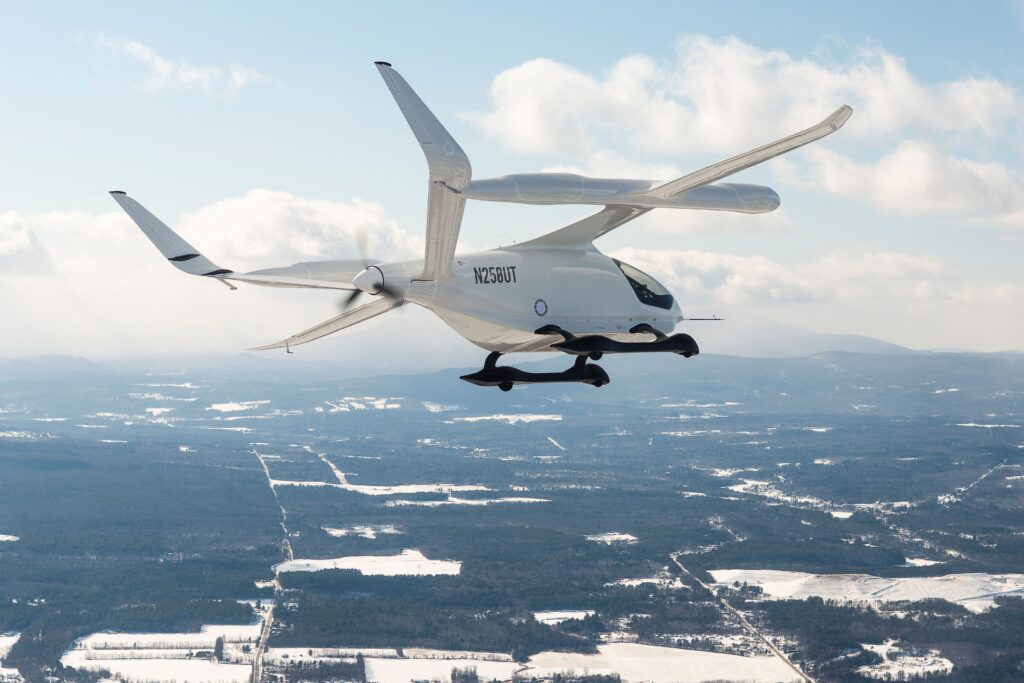FAA’s proposed MOSAIC rule for Light Sport Aircraft could slash electric aircraft development costs

Editor’s note: This is the first in a two-part series on FAA certification of light sport and electric vertical takeoff and landing aircraft. The second can be found here.
A proposed rule modification from the US Federal Aviation Administration (FAA) could benefit electric aircraft developers as it would allow new types of aircraft to fly without costing hundreds of millions of dollars for certification.
Mike Hirschberg, director of strategy at the Vertical Flight Society (VFS), told Avionics on Nov. 25 that the proposed Modernization of Special Airworthiness Certification (MOSAIC) rule amendment for light sport aircraft (LSA) should allow larger aircraft to be approved to fly under the category. This, he said, will make them much cheaper to certify, manufacture and purchase than existing type certificated aircraft.
Hirschberg said the cost of flying, such as operations and maintenance, among others, will also be less with major changes like electric propulsion, which has generally been seen as costing less to fly and maintain than traditional light sport aircraft that use piston-powered propulsion systems.
MOSAIC could greatly accelerate the adoption of electric aircraft for small air vehicles as well as help attract more fixed- and rotary-wing pilots to the industry. Hirschberg said MOSAIC would open up new designs and technologies that are safer and cheaper compared to existing light sport aircraft, kit-built and ultralight designs.
“The Vertical Flight Society is very excited to see the FAA leaning forward on such a progressive approach to allowing smaller aircraft to fly in the national airspace system,” Hirschberg said.
The FAA on July 24 issued a notice of proposed rulemaking (NPRM) that would expand the definition of LSA and amend rules for the manufacture, certification, operation, maintenance and alteration of light sport aircraft. Under the proposal, the aircraft’s weight limit is based on its stall speed.
By permitting higher stall speeds of 54 knots calibrated airspeed (CAS) for airplanes, the proposal would bring aircraft weighing around 3,000 pounds within the LSA regulatory framework. This would more than double the weight of aircraft under the current LSA definition of 1,320 lbs, allowing larger and stronger aircraft to qualify as LSA, according to an FAA statement.
Light-sport aircraft are currently limited to 45 knots CAS at the aircraft’s maximum certificated takeoff weight and most critical center of gravity. MOSAIC would retain the 45 knots CAS maximum stall speed for gliders and weight-shift-control aircraft.
Carl Dietrich, Jump Aero Incorporated founder and president, told Avionics on Nov. 27 that there is a large gap under the current LSA regulatory construct, which was created in 2004. At one end is Part 103 ultralight electric vertical takeoff and landing (eVTOL) aircraft that do not need to meet any standards.
At the other end is certified Part 21.17b “special projects”, the process being used to certify eVTOL air taxis that has extensive bureaucratic requirements and very high certification costs. Dietrich said MOSAIC will open a new middle ground between these two pathways to market that should inspire both additional investment in product development and increased customer demand.
Additionally, Dietrich said MOSAIC would reduce the cost of flying eVTOL and light-sport aircraft since the cost to bring a new product to market will be lower than under the current construct. As such, manufacturers will not need to amortize as large of a development cost, resulting in more product options for consumers.
This, in turn, would lead to more competition and lower prices. Jump Aero is developing a biplane standing tail-sitter with high lift-to-drag ratio and low frontal area to be used for emergency medical services.
If MOSAIC is finalized as written, Dietrich expects to see many more products that will excite general aviation consumers with the most significant possibility being a true commuter eVTOL. Previous Part 103 ultralight aircraft, he said, cannot be legally flown to places people want to go, but light-sport aircraft can go to those locations. This opens a tremendous opportunity that many eVTOL developers are looking into.
“I believe the MOSAIC NPRM, if accepted as written, could be the single most positive regulatory change of this century in the general aviation industry,” Dietrich said.
—————
Boost Internet Speed–
Free Business Hosting–
Free Email Account–
Dropcatch–
Free Secure Email–
Secure Email–
Cheap VOIP Calls–
Free Hosting–
Boost Inflight Wifi–
Premium Domains–
Free Domains





